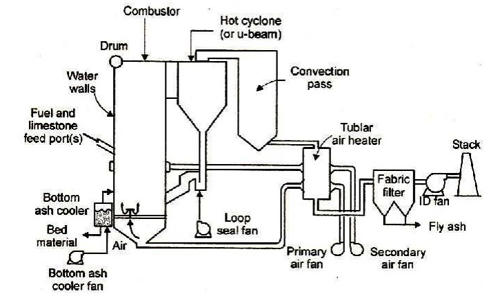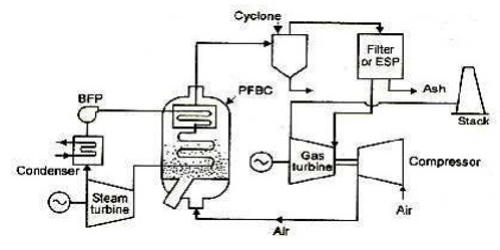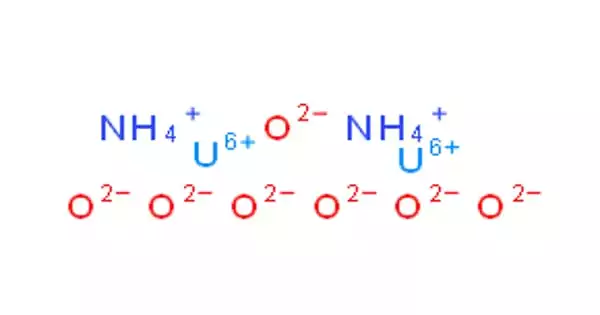Fluidization is a method of mixing fuel and air in a specific proportion, for obtaining combustion. A fluidized bed may be defined as the bed of solid particles behaving like a fluid. Fluidized bed combustion (FBC) is a combustion technology used to burn solid fuels. It is a process in which solid particles are made to exhibit fluid-like properties by suspending these particles in an upwardly flowing evenly distributed fluid stream.
In its most basic form, fuel particles are suspended in a hot, bubbling fluidity bed of ash and other particulate materials (sand, limestone, etc.) through which jets of air are blown to provide the oxygen required for combustion or gasification. It is a specialized combustion process wherein solid particulates are suspended in upward jets of air in order to achieve more effective chemical reaction and heat transfer. The resultant fast and intimate mixing of gas and solids promotes rapid heat transfer and chemical reactions within the bed. FBC plants are capable of burning a variety of low-grade solid fuels, including most types of coal, coal waste, and woody biomass, at high efficiency and without the necessity for expensive fuel preparation (e.g., pulverizing).

Fig: Fluidized Bed Combustion Mechanism
FBC reduces the amount of sulfur emitted in the form of SOx emissions. It is a valuable option for gaseous or liquid fuels by virtue of the advantages of this technology with respect to fuel flexibility and emissions. Limestone is used to precipitate out sulfate during combustion, which also allows more efficient heat transfer from the boiler to the apparatus used to capture the heat energy (usually water tubes). The heated precipitate coming in direct contact with the tubes (heating by conduction) increases the efficiency. Since this allows coal plants to burn at cooler temperatures, less NOx is also emitted. However, burning at low temperatures also causes increased polycyclic aromatic hydrocarbon emissions. FBC boilers can burn fuels other than coal, and the lower temperatures of combustion (800 °C / 1500 °F) have other added benefits as well.
Benefits
Fuel flexibility and reduced emissions are the benefits of fluidized bed combustion. It is a system in which the fuel (e.g., coal) is fed into a solid bed, which has been fluidized by an upward movement of air, includes technologies such as atmospheric fluidized bed combustion, circulating fluidized bed combustion (CFBC), pressurized fluidized bed combustion, pressurized circulating fluidized bed combustion, and bubbling fluidized bed combustion. This advanced technology is being used in the cracking of hydrocarbons, gasification of coal, the roasting of the ore, calcination of limestone, combustion of waste, etc.
















